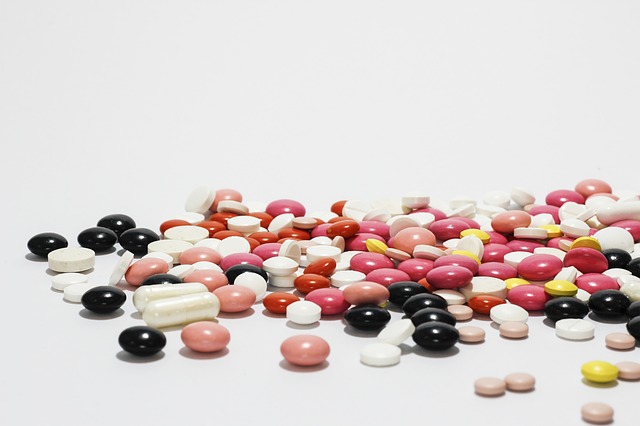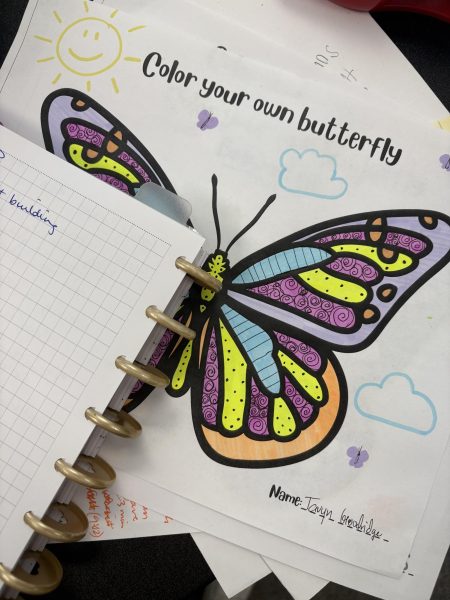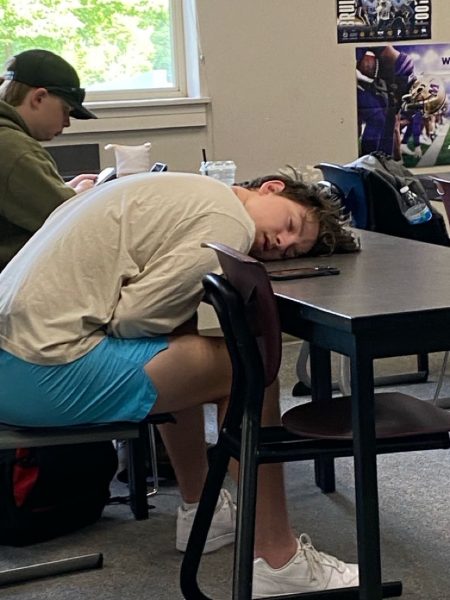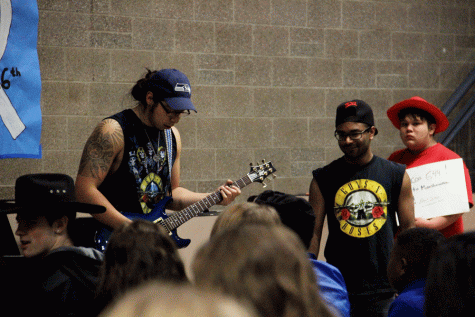Harder Than Heroin: Discussing Drug Abuse and Drug Education
We live in a time of modern medicine. One that allows us to cure almost every ailment that we may come across. If someone has high blood pressure, they can take a pill to lower it. If someone suffers from anxiety, they too can take a pill to help them manage their symptoms more easily.
Modern medicine is arguably one of the greatest advances that has been made by our species over the last one hundred years. But with any good thing, there’s a downside lurking beneath the shadows.
With a surge of new medications, one of the most prominent of these drug classes belongs to the opiate family. An opiate is described as a medication that deals with the treatment of pain. It’s usage through such drugs as morphine, have been used for hundreds of years.
The use of opiates today are much more universal and have seen devastating impacts on all communities, regardless of socioeconomic status. It’s through drugs like Vicodin and Oxycodone that we see devastating consequences all around us.
The prescribed method for opiate drugs is to help people rehabilitate their bodies and to cope with physical pain. If someone gets into a car accident they may be prescribed an opiate to deal with their aching bodies. If someone recovers from something like a shoulder surgery then they can take an opiate to help them recover with less pain.
On paper, opiates help people get over things that are physically harmful on the body. In reality, they have caused an epidemic of overdoses and addiction. Given the incredibly addictive nature of opiates, once someone is relieved of their pain, they still must deal with the withdrawal of being off of their medication.
In turn, this leads people to being more susceptible to doing things to feed their newfound addiction. This can include taking another opiate based medication that is not theirs, or faking an injury in order to get their prescription filled again.
One of the more common themes that we see today in our country is people switching to street drugs in order to subdue their addictions. This is where drugs like heroin have devastating impacts on both our community and on our loved ones.
Chances are, you know someone who has been addicted to heroin or has battled an addiction to it before in the past. It’s something that has become more prevalent all around us. We see ourselves in the brink of an epidemic, one that has never been seen before.
To understand how places like Arlington and the Western Washington community are prone to heroin addiction, we must keep a couple of key factors in mind.
The first one is the location of Arlington in relativity to the Interstate Five Corridor. This allows for drugs to be transported from out of state sources to reach a plethora of addicts who are hungry for their fix.
The second is Arlington’s close proximity to Seattle. Although Seattle can be considered by many to be a safe place to live and to raise a family. It’s no different than any major city in the fact that it’s used as a distribution center for drugs. Allowing the ripple affect to travel to our very own backyards.
What makes the effects of heroin addiction so saddening to hear in our community is that often times, those addicted come from good families. They can come from two parent homes and live in middle class neighborhoods.
The most prominent question that we are often ask ourselves is, how can we end this cycle of addiction? How can we prevent the constant lying and hiding of our deepest fears?
The best way to tackle addiction is to educate people from a young age. According to the National Institute on Drug Abuse, children can develop addiction to illicit substances by the time they’re thirteen years old.
When we apply this to Arlington High School, the only form of drug education that is offered comes in the form of 9th grade health. This class is a requirement for all Freshmen students and lasts one semester in length.
In this class, students are taught a variety of subject matter. Ranging from mental health issues to healthy eating habits. To put it simply, not enough time is given for teaching kids the realistic dangers of drug abuse.
At the most crucial turning point in a young person’s life, the education against drugs is offered for a fifty-five minute period. What can cause a lifetime of heartache and pain is summed up to only a several weeks of coursework.
Community organizers, grieving families, and even addicts themselves can all agree that something needs to be done. How this comes into play, is something that will undoubtedly take time and a great deal of effort.
Not all addicts at heart are bad people. But in an age where opiate abuse is at an all time high, we need to change the status quo of drug education.
They say it takes a village to raise a child. The same could also be said that it takes a village to help someone cope with their addiction. A crucial factor in the grand scheme of things is proper drug education.
Should we take the steps to give students the proper knowledge they need. Or are we destined to have them become part of another statistic?









!["Having these opportunities like College in High School [are] super important for us being able to really think about our careers and what we want to do."
-Maia Lopez](https://theahseagle.com/wp-content/uploads/2024/05/cc10.16_APESButterflyLab_CFalkIMG_0593-600x400.jpg)



